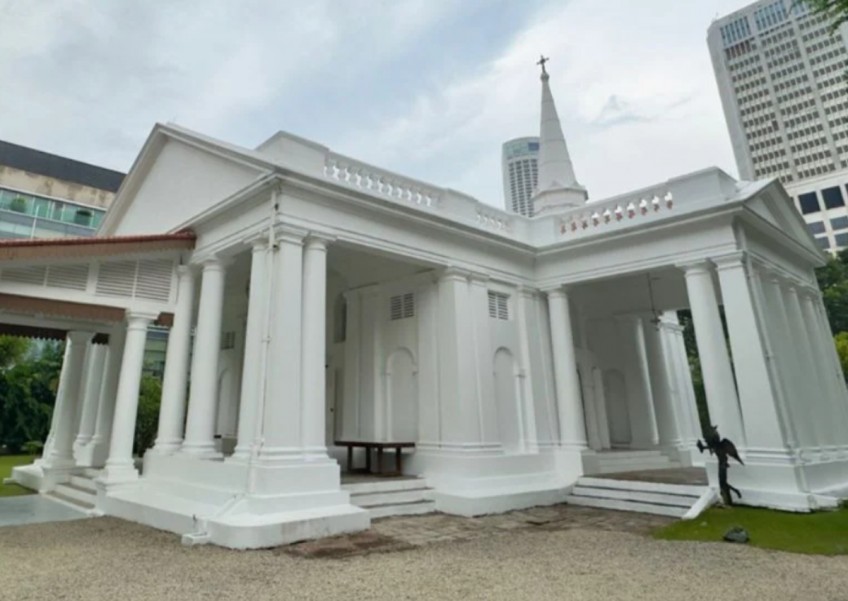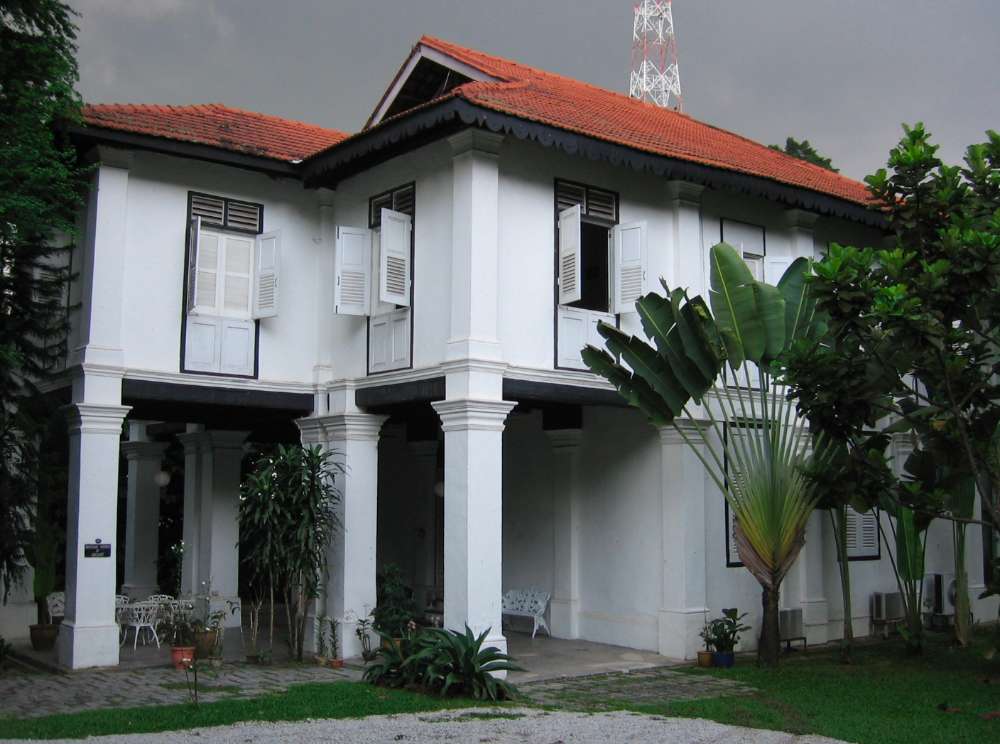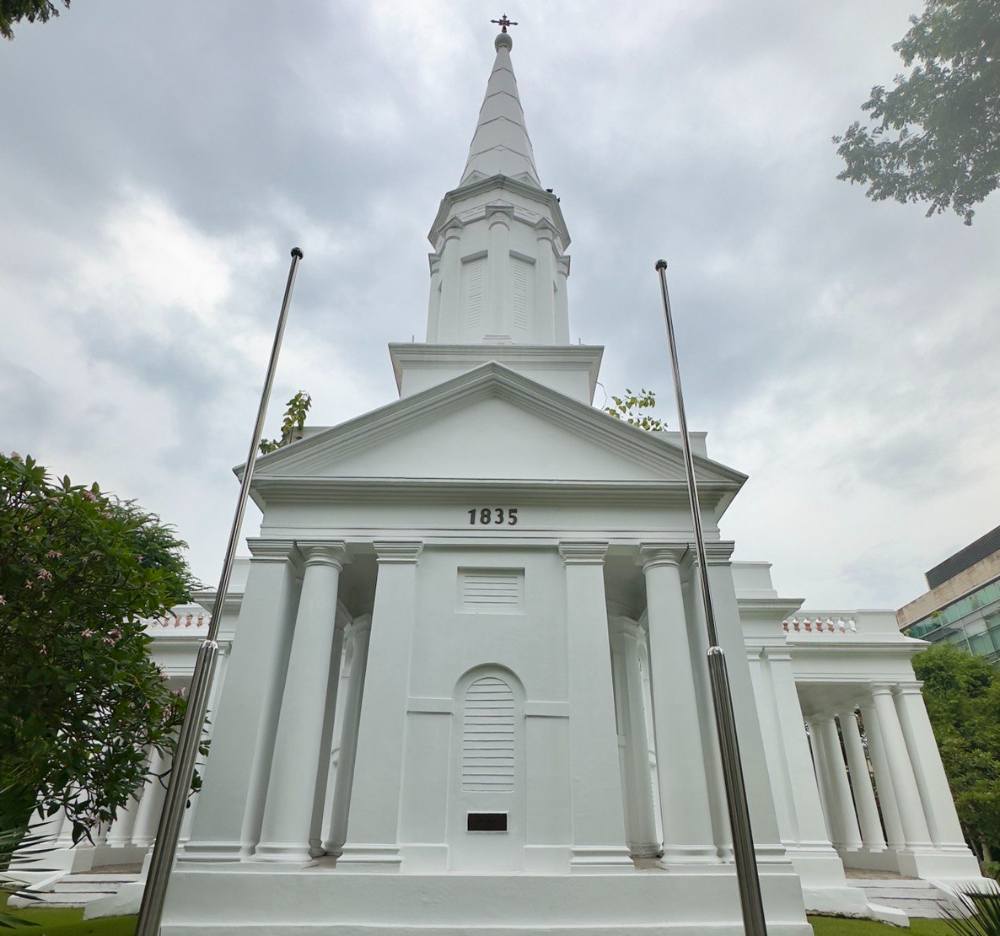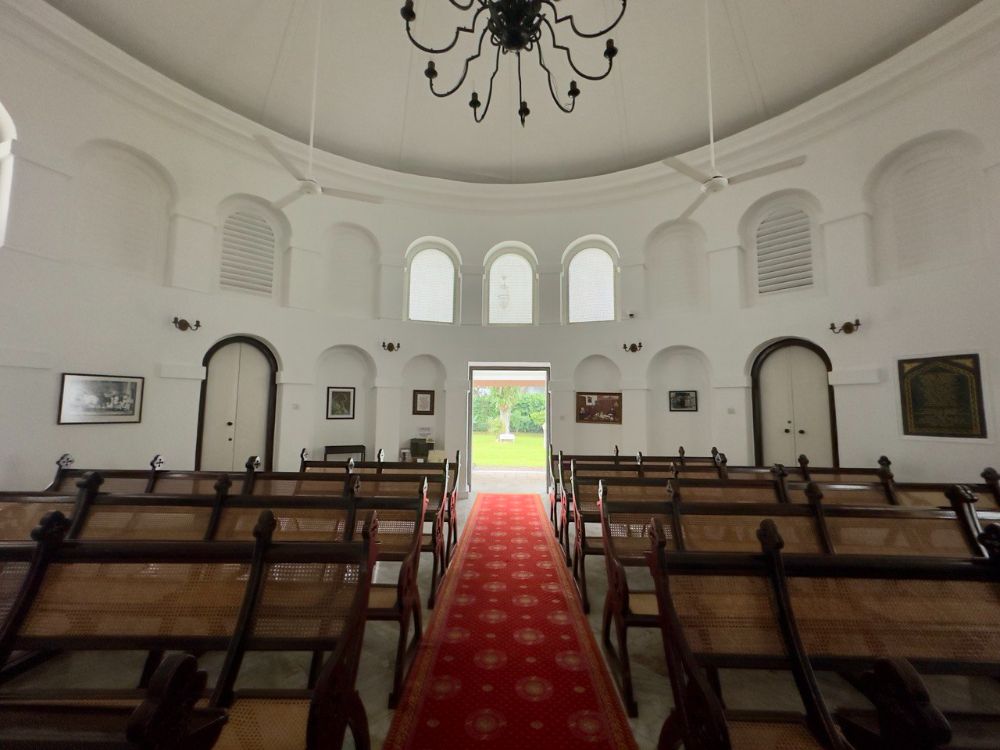National monuments of Singapore: The Armenian Church


What is a National Monument? Who gazettes them? How many national monuments are there in Singapore? To date, the Preservation of Sites and Monuments, a division of National Heritage Board, has identified and gazetted 75 buildings, structures and sites of national significance as an integral part of Singapore's built heritage.
You've probably passed by or stepped into more than a few of them without realising they were National Monuments: Al-Abrar Mosque, Asian Civilisations Museum, the Civilian War Memorial, Saint Andrew's Cathedral, the Esplanade Park Memorials, Fort Siloso on Sentosa — no need to plan an itinerary for friends visiting from overseas; just show them this article.
In this edition, we spotlight the oldest Christian church on our Little Red Dot, the Armenian Church.
The Armenian Church of Saint Gregory the Illuminator, referred to locally as the Armenian Church, was the 2nd building to be gazetted as a National Monument. Located near other National Monuments such as the Old Hill Street Police Station and Central Fire Station, the MRT station nearest to the Armenian Church is City Hall MRT.
Date built: Jan 1, 1835 to March 1836
Milestones:
Date gazetted: July 6, 1973
The Armenians were among the earliest merchants and traders to arrive in Singapore after it became a British trading port in 1819. They were also one of the first Christian communities to erect a permanent, brick-and-mortar place of worship in Singapore.
With the arrival of the first resident priest, Reverend Gregory ter Johannes in July 1827, a temporary chapel was set up. The Armenian community worshipped in a makeshift chapel fashioned in the back premises of John Little & Company located at Commercial Square (today's Raffles Place). And by Sept 1827, this makeshift arrangement had moved to a small rented room at Merchant Square.
In 1827, the Armenians collected subscriptions to build a church for themselves. An appeal for land to build a church was made by 1833, and the British authorities then approved a parcel of land at the foot of Fort Canning Hill in 1834 for a permanent church. Local Armenians raised half of the construction cost for the new church; the remainder was borne by the Armenian communities in India and Java, as well as European and Chinese merchants in Singapore.
The foundation stone was blessed by the Supreme Archimandrite, Reverend Thomas Gregorian, on Jan 1, 1835. Two Christian chapels buildings had been in existence by this time: one built by the London Missionary Society in 1824 and the other by the Roman Catholics in 1833. On March 26, 1836, the church was consecrated by Reverend Johannes Catchick.
During the Japanese Occupation of Singapore (1942–45), looters stripped the church of several invaluable items including a large embossed Bible, the priest’s vestments (garments worn at special ceremonies) as well as hymn and prayer books printed in the mid-19th century. The Japanese also used the grounds as air-raid shelters.

The original parsonage, where the priest resided, was built on the northeastern side of the garden. However, this was demolished and a new parsonage built in 1905, designed by Tomlinson & Lermit and funded by Nanajan Sarkies in memory of her husband, John Shanazar Sarkies.
The last resident priest of the Armenian Church left Singapore in the 1930s; no replacement was ever sent thereafter due to the dwindling number of Armenians in Singapore. Presently, the Armenian Heritage Gallery occupies the former parsonage.

The church’s Memorial Garden holds the tombstones, but not the actual graves, of well-known Armenians:
Today, Armenian services are held only during significant events or when an Armenian priest is visiting — for example, in 1986, the 150th anniversary of the church. However, the church building is popular with other Christian groups who use it for quiet worship.

The Armenian Church was designed by George D. Coleman, an Irish architect who was the first Government Superintendent of Public Works and town planner of early colonial Singapore. He was also responsible for the designs of other National Monuments such as the Old Parliament House, the first Saint Andrew's Church, and Telok Ayer Market.

Built in the plan of a cross, the Armenian Church in Singapore features large Doric columns and a triangular pediment (upper part of the front of a building) at the end of each of its four arms. Three of its porticos (covered, roofed walkways leading to the entrance) were originally porte-cochères (carriage porches) offering shelters to worshippers and visitors when they arrived at the church in their horse-drawn carriages. Steps at the porticos were added later when the porte-cochères were converted for pedestrian use.

The Armenian Church originally had a bell turret with a conical dome. This was replaced in 1847 by a square tower, and again in 1853 by the current belfry (the part of a bell tower in which bells are housed), designed by the English architect George Maddock. The church interior is distinctive for its circular design, not found in other churches in Singapore.

The church has numerous windows and doors that ventilate the church interior. Within the church are pews dating back to before the Japanese Occupation (1942–1945); these seats have backs made of woven rattan for maximum coolness and comfort. They are adorned with beautiful carved crosses and geometric patterns that represent the Holy Trinity.

In the sanctuary stands the altar. Its altarpiece is a painting of the Last Supper — the last meal Jesus had with his disciples before his crucifixion — framed in dark, fluted wood and topped by a cross.
On the front of the marble altar is a monograph of the phrase "Christ our Saviour" in Armenian initials. The altar rail, decorated with a repetitive trefoil (three overlapping rings) pattern, demarcates the sanctuary from the prayer hall. Memorial plaques in both Armenian and English are set in the walls around the hall.
Regular visiting hours are from 10m to 6pm daily.
Entry is free when visiting the Armenian Church and its grounds.
However, you need to make an appointment to visit the Armenian Heritage Gallery. Find out more here.
ALSO READ: National monuments of Singapore: Central Fire Station
This article was first published in Wonderwall.sg.